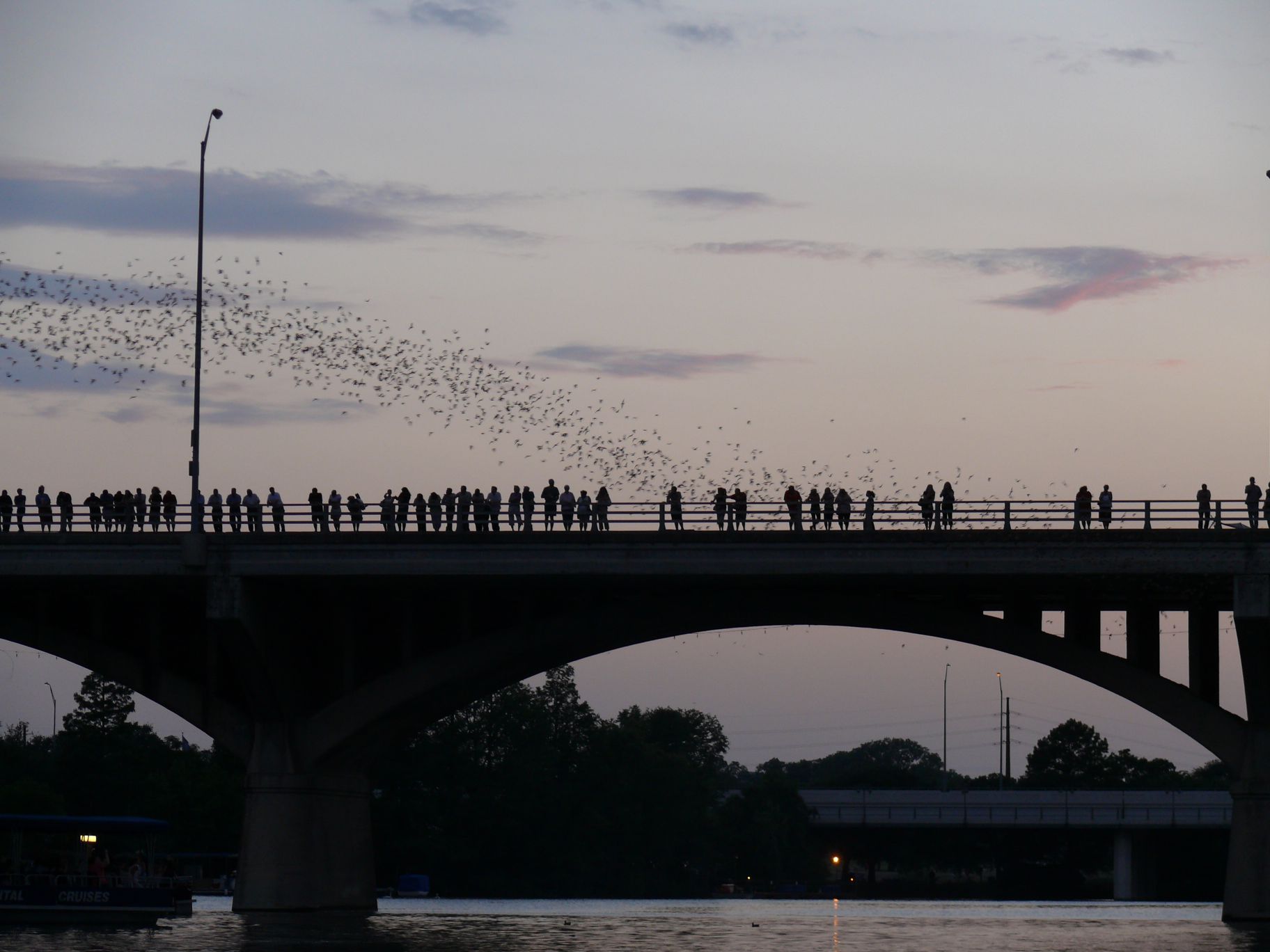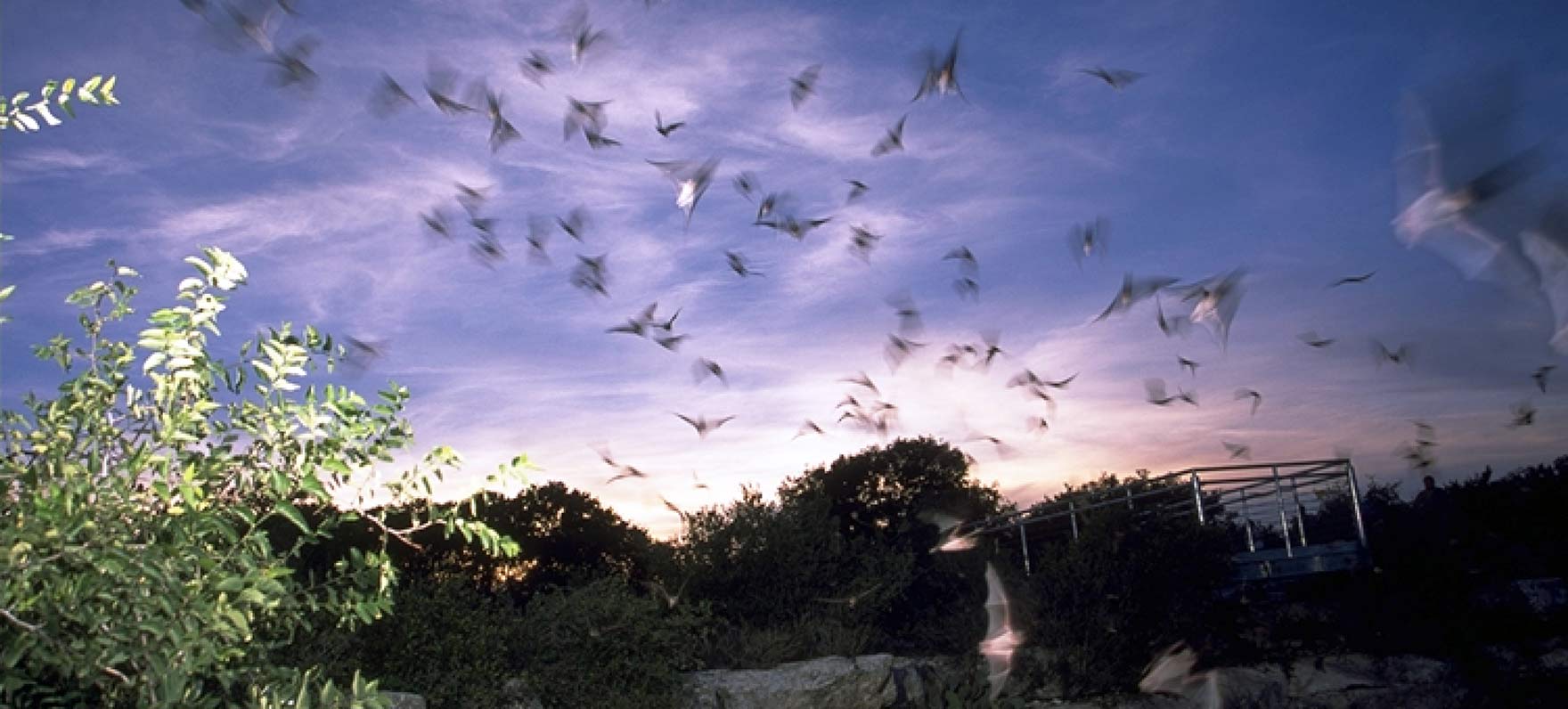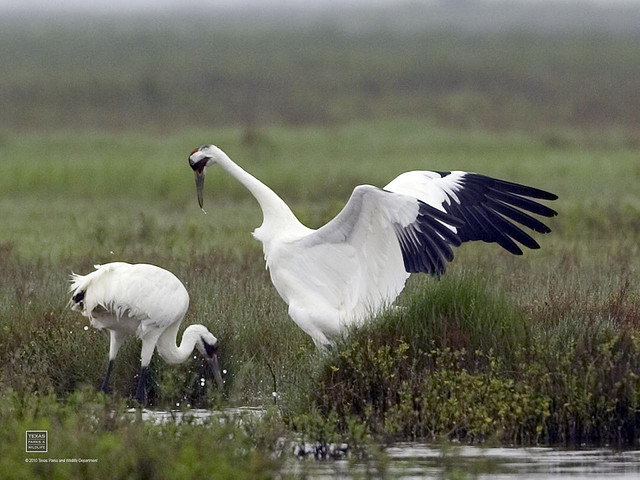Wildlife: The Birds and the Beans
Thursday, April 23rd, 2015This is Passport to Texas
If you’re morning ritual includes savoring a cup of coffee, you might want to know what’s in your mug, and how it’s affecting birds.
04— We’re talking about shade grown coffee versus full sun coffee.
Cliff Shackelford is a non-game ornithologist with Parks and Wildlife. Farmers in Mexico, Central and South America who grow coffee in full sun replace migratory bird habitat with coffee shrubs, but not so when its shade grown.
07—They don’t eliminate all the native forest. They take out some of the forest, and plant the coffee within the forest.
Shade grown coffee tastes the same as sun grown, but is better for birds. The remnants of native forest that harbor coffee shrubs attract a variety of overwintering species.
13— This is important for us as Americans because a lot of these birds are backyard birds. If there’s a complete change of the vegetation that the birds are keying in on, then they are going to have to keep moving.
And that could affect what we end up seeing in our backyards in spring and summer. You can help migratory birds by drinking shade grown coffee.
06—We’re also calling it bird friendly coffee. And, even if you drink [bird friendly coffee] part of the time, it’s better than none
of the time.
Look for the bird friendly seal of approval on bags of coffee, or ask your barista if your hot beverage is made in the shade.
For Texas Parks and Wildlife…I’m Cecilia Nasti.







 Passport to Texas is a
Passport to Texas is a  Passport to Texas is made available by:
Passport to Texas is made available by: